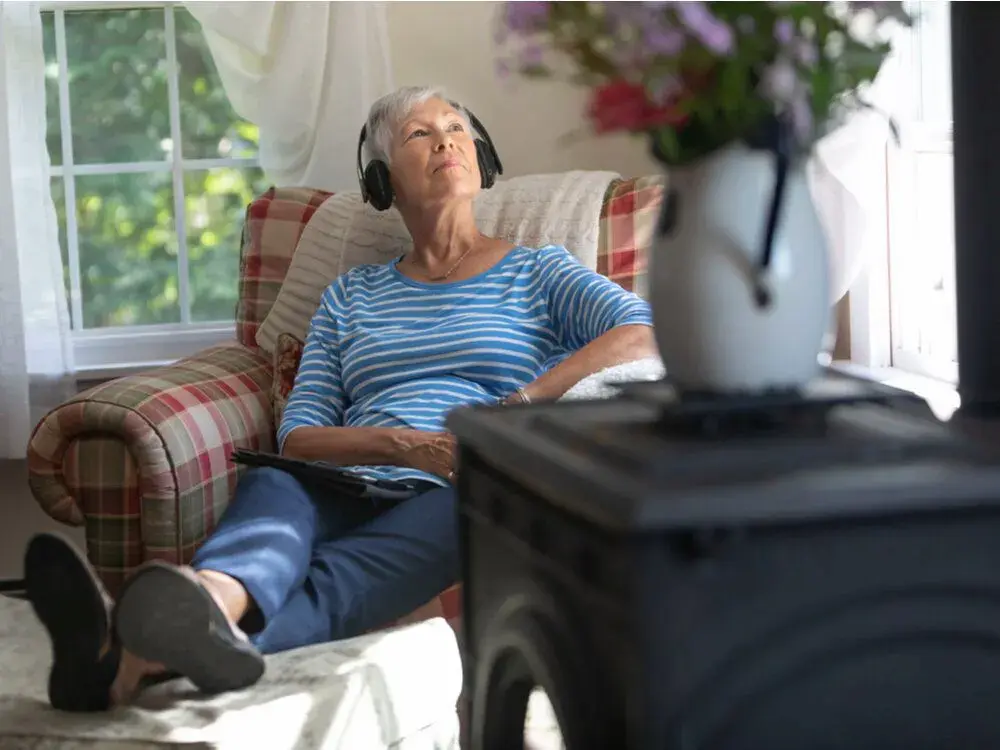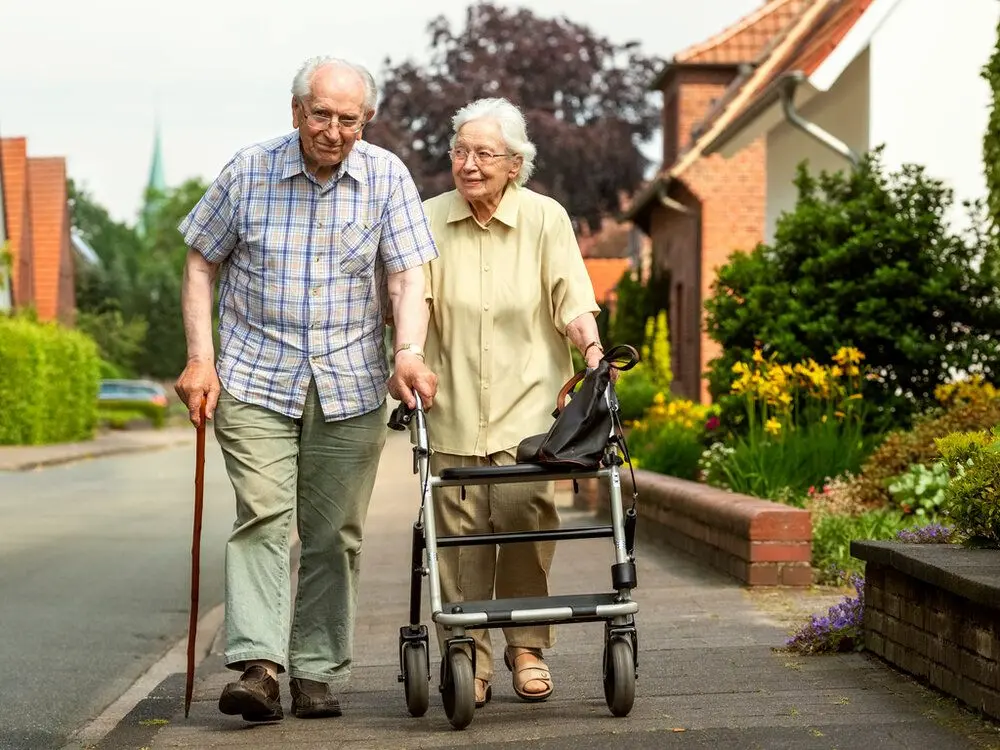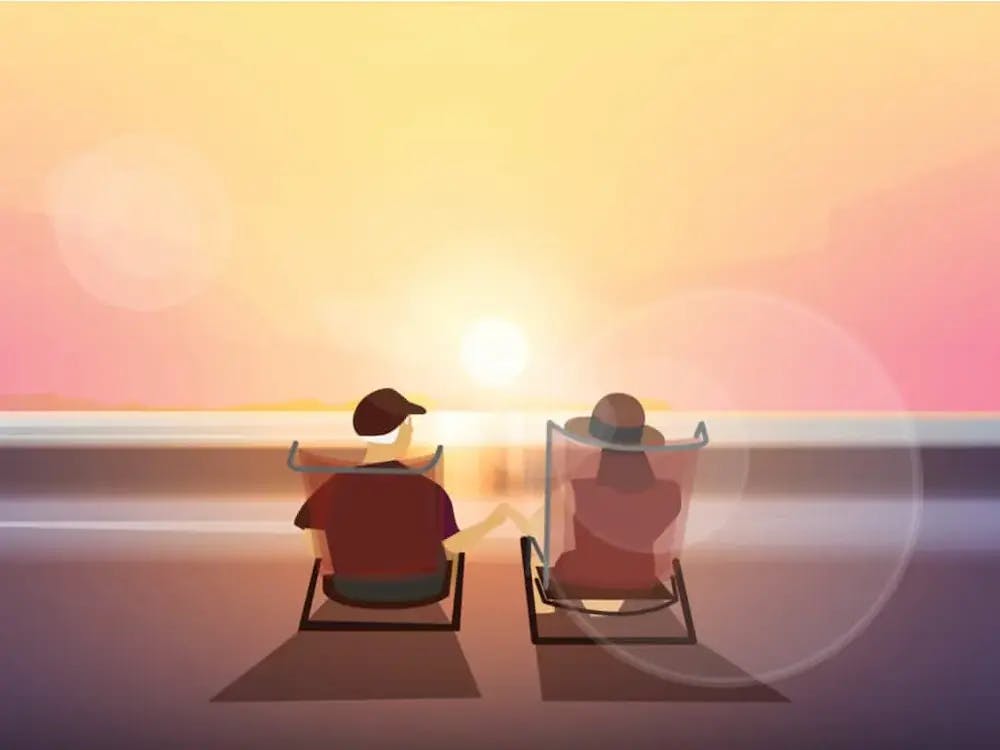What Is Independent Living?

Estimated Reading Time: 8 minutes
Independent living means housing arrangements designed to help elderly or disabled people to continue with the same freedoms as those who are younger or non-disabled. These can generally be sorted into home care services and purpose-built communities.
These independent living schemes differ from care or nursing homes as they are aimed to support people who require minimal assistance or just minor personal care. Often the assurance is the most important aspect of independent living.
In this piece, Lottie explores the numerous independent living options available to help older or disabled people to live independently. Read on to learn more about who may be suited to this style of support, the various types, and the cost.
Where would you like to live?
Browse the best retirement homes near you through Lottie.
Types of Independent Living
Sheltered Living for the Elderly
The most well-known schemes are sheltered housing developments. These are specially built communities of self-contained homes, which provide additional support so older people can continue living independently.
These homes are most often moderately-sized apartments, designed to be easily maintained and navigated. This lightens the burden of housework in retirement and ensures comfort for anyone facing reduced mobility.
Other common features of sheltered living include around-the-clock assistance for emergencies (much like that of warden controlled housing), support staff, laundry services and serviced communal areas, such as gardens. This allows for help to be on-hand quickly when required, without interfering too much in daily living.
Community activities, such as social clubs and events, are also offered frequently in sheltered housing. These protect residents from feelings of isolation and enables them to take up new hobbies in their later years.
With some providers seeking to emulate the feeling of a village or town, facilities such as hairdressers, sports clubs, or cafes are even provided occasionally. The idea is always to create a space for easier living, with a retirement community and without reducing freedom.
The amenities provided do vary greatly between developments. While some sheltered communities may provide the option for assistance with some home tasks, these are not provided as standard.

Close Care Schemes
Close care refers to self-contained houses that can be bought or rented on the same site as a care home. The property is therefore independent but in close proximity to specialised help.
These are generally aimed at couples with differing care needs. The person requiring more help can live in the care home and have access to full support, while the other can be close by, while still having their independence promoted.
Some services will generally also be provided for the close care property, although this varies between schemes. Emergency response and help with housework are frequently offered.
Home Care Services for People with Physical Disabilities or Reduced Mobility
Home care includes a wide range of services to enable the elderly, people with disabilities or those that require medical care to continue living independently, without changing address. The support services should allow people to complete tasks they may otherwise find difficult and prevent these challenges from impacting their ability to live a full life.
People with physical disabilities or a non-disabled person with reduced mobility may require alterations to their property to make it more accessible. For example, a wheelchair user may need work surfaces lowered so they can reach more easily, while a person walking with a stick could benefit from handrails being installed to lean on.
There are also various devices that help with physical disabilities. These include everything from adapted utensils to book holders, which can allow people with reduced mobility to eat or read independently.
Finally, a drop-in carer may be able to assist an elderly or disabled person experiencing difficulty with daily living. They can help with many tasks, including cooking and washing.
We can help you find the perfect UK retirement home. Use our free service to filter by location, price, the facilities available, purchase type and more!
Independent Living Payments
Buying a Home in Sheltered Living
You must buy to live in most private sheltered housing complexes, with only a small number offering rental options. The price of doing so varies depending on region and provider.
As with any home, you will need to pay council tax and bills for energy, water and amenities such as WiFi. An additional service charge will also be taken by the sheltered housing provider.
This service charge covers the costs of maintenance and cleaning for the communal areas of the housing development. Additionally, the support staff, security system, and emergency alarms will be funded with this money.
Renting Your Place in Sheltered Accommodation
If you’d prefer to rent your place in sheltered housing, a development managed by a local authority is more likely to accommodate you. You will pay bills and a service charge, but without having to purchase the property.
Local authorities often have a waiting list you will need to join to secure a place. You can find local authority owned facilities through GOV.UK.
Funding Home Care
Everyone has unique needs, so the home care they require will differ greatly. This means that payments are dependent on the individual.
Changes to your property’s structure or long-term hired carers, which some people may require, would be expensive. However, smaller aids, such as devices to increase mobility, can be obtained for a lower cost.
If you are unable to finance home care yourself, you may be entitled to government funding.
Disabled Facilities Grants, worth up to £30,000 in England, are given to enable people with disabilities to adapt to their homes. If you apply, an occupational therapist will visit you to assess which changes may be beneficial.
Who Is Suited to It?
Independent living is broadly aimed at people who require only low-level assistance but could benefit from monitoring or nearby help.
Sheltered independent living facilities are advisable for those who would also benefit from handing off some responsibility for property maintenance. For example, people who live largely independently but struggle to complete heavier home tasks, like gardening, may find the move useful.
Sheltered housing would not be suitable for people in need of substantial help with daily living. Those with significantly impaired mobility or degenerative health conditions, such as dementia, should consider a move into a home that can offer more specialised care.

Moving a Loved One to Independent Living
Moving house can be stressful at any point in life, so should not be undertaken lightly. Further, admitting that your age means you need a little extra help can be hard.
If you have relatives who may gain from a move into an independent living facility, you should approach the topic sensitively and outline why you feel it might be right for them. It would be advisable to emphasise the distinction from a care home and that a high level of independence would be maintained.
Actions can also be taken to ease the process of moving home and make the new house feel more familiar:
Research the facility carefully
You want to ensure the new home and services are right for you or your relative, so reading up is recommended.
Visit multiple times before the move
Not only can this help with researching the provider, spending time in the new community will help it to feel more familiar.
Decorate the new home
Furnishing with cherished possessions, such as heirlooms or family photos, can ease the adjustment to a new house and help it feel homely more quickly.
Start packing early
The numerous possessions that accumulate over the years can take a long time to sort and leaving this to the last minute will increase stress, so be sure to start packing far in advance.
Stay close to your loved ones
Family can be a vital support in periods of change, so speak with them frequently, whether you are moving to a new home or the relative of someone who is.
Independent Living vs Assisted Living
While assisted and independent living are sometimes used interchangeably, their meanings are quite different.
Assisted living refers specifically to facilities that are built to allow elderly or disabled people to live independently where possible, but with a range of services and facilities to help them with daily living. This differs from independent living as a greater level of support is provided here.
Services are tailored to the needs of residents, but those commonly offered include:
- A team of support staff
- A 24-hour emergency alarm system
- Communal lounges and gardens
- Support to complete daily tasks, such as washing, dressing, or cleaning
- Help to monitor medications
As with sheltered communities, the price of assisted living facilities depends on if you choose to rent or buy your property. It would generally be more expensive than sheltered accommodation, although not as costly as full-time residential care.
Another similarity to a sheltered living facility is that you will be required to pay a service charge in addition to standard bills. This payment covers the services offered by the provider.
Retirement living developments offer secure, vibrant and luxurious housing with state-of-the-art facilities for older adults. Request a free retirement living shortlist and we’ll recommend retirement properties matching your budget, location and desired facilities.




